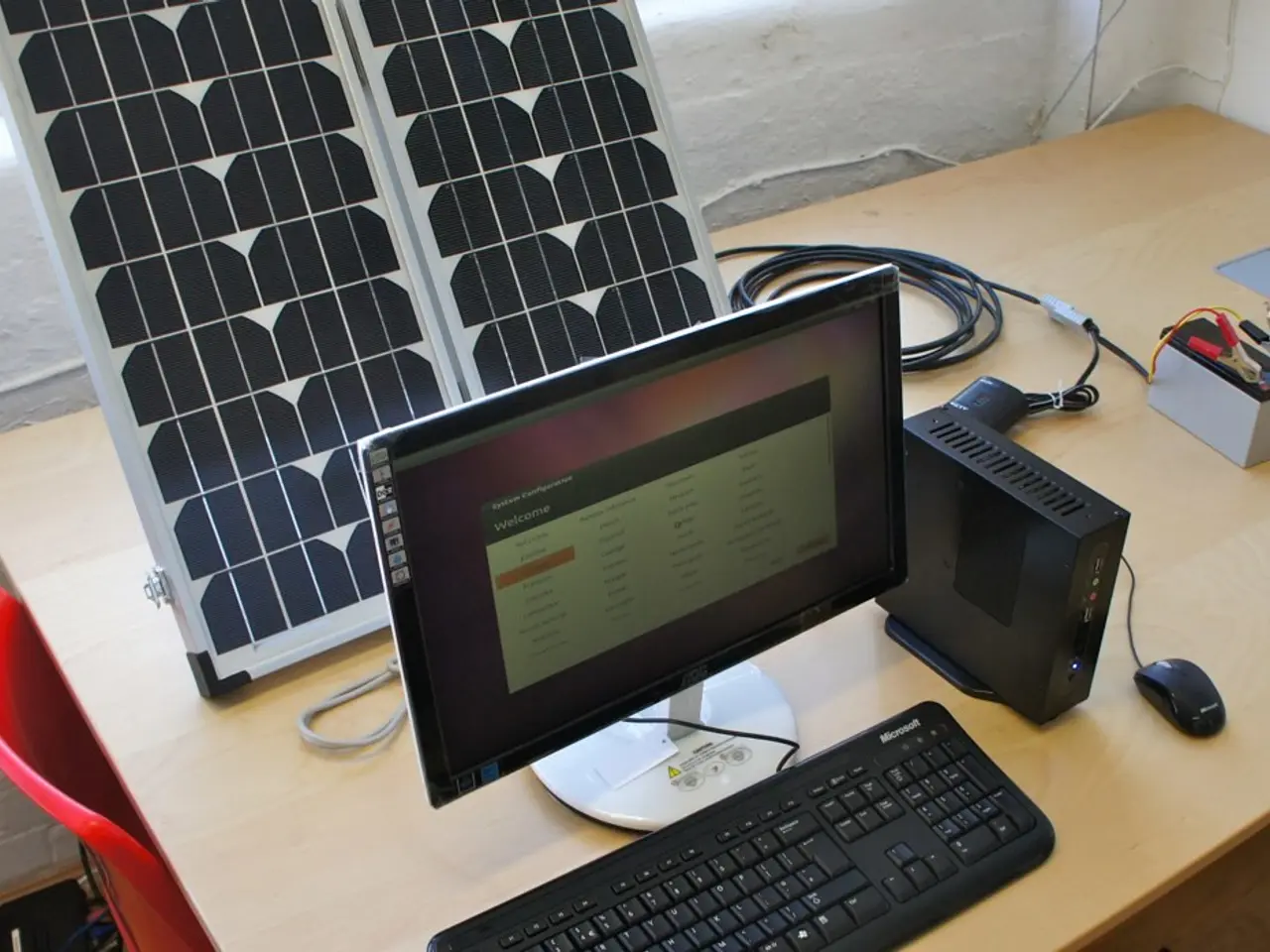Selecting the Appropriate Exchange-Traded Fund (ETF)
Investing in Exchange-Traded Funds (ETFs) can be a smart choice for diversifying your investment portfolio. With hundreds of ETFs available on the market, it's essential to make an informed decision to maximize returns and minimize risk.
To choose the right ETF, you should consider several key factors:
- Define your investment goals and portfolio needs Identify why you want to invest in ETFs. Are you seeking sector diversification, equity exposure, or targeting a particular asset class or region? Understanding your objective helps narrow down the types of ETFs to consider.
- Consider your risk tolerance and investment horizon Different ETFs have different risk profiles. For instance, growth-focused ETFs or technology-heavy ETFs may be more volatile but offer higher potential returns, suitable for investors with higher risk tolerance and longer horizons. More broad-market ETFs provide diversified, relatively stable exposure suitable for many investor types.
- Evaluate expense ratios and costs Low expense ratios help enhance net returns over time. Vanguard’s VOO has an ultra-low expense ratio of 0.03%, which is beneficial for long-term investors. Covered call ETFs often have higher costs, so factor expenses into your decision based on your strategy.
- Check the ETF’s fund size and liquidity Larger fund size often indicates higher investor interest, leading to better liquidity and tighter bid-ask spreads. Avoid very small ETFs to reduce illiquidity risk. Trading volumes are a good liquidity metric.
- Review historical performance and tracking error Examining 3- to 10-year performance can give insight into consistency and the ETF's ability to track its benchmark. Also, consider tracking error—the difference between ETF performance and its underlying index.
- Assess diversification Look into the ETF’s holdings. Broad-market ETFs hold hundreds of stocks, providing diversification, while sector or thematic ETFs may be more concentrated. Diversification reduces risk by spreading exposure across assets, sectors, or geographies.
- Understand the underlying assets and strategy For specialized ETFs like covered call ETFs, consider factors such as yield source, downside risk mitigation, and distribution history. Confirm whether the ETF writes options on all or part of its holdings, which affects potential upside and risk.
- Stay informed on recent business and market news Monitor recent market trends and news affecting ETFs or underlying sectors. For example, analyse how covered call ETFs performed during recent downturns like April 2025 to gauge resilience.
- Additional practical tips
- Consider tax implications of ETF income streams.
- Make sure the ETF fits your overall portfolio asset allocation plan.
- Use tools from brokerage platforms and research sites to compare ETFs on these parameters.
In summary, start with clarifying your investment objectives and risk profile, then select ETFs with good liquidity, reasonable expense ratios, strong consistent performance, and appropriate diversification aligned with your portfolio. Complement this with attention to recent market conditions and ETF-specific strategies to optimize your choice.
Choosing a diversified ETF is crucial to minimize risk and maximize returns. ETFs with lower expense ratios are generally more cost-effective than those with higher expense ratios. Investing in ETFs is a long-term strategy, and it is crucial to have patience and discipline to achieve investment goals.
For more insights and resources, visit Net Worth, a top business and financial publication website.
- To ensure due diligence while investing in ETFs, define your investment objectives, risk profile, and portfolio needs.
- Knowing your risk tolerance and investment horizon is essential for selecting ETFs with appropriate volatility and return potential.
- Evaluate the expense ratios and costs to select ETFs that offer the best potential net worth, with an emphasis on long-term investments.
- Assess the ETF's fund size, liquidity, and trading volumes to avoid illiquidity risk and capture better market opportunities.
- Review historical performance and tracking error to identify consistently performing ETFs that align with your investment objectives.
- Examine diversification by checking the ETF’s holdings and ensuring they provide an appropriate spread across assets, sectors, or geographies.
- Understand the underlying assets and strategy, especially for specialized ETFs, to make informed decisions that suit your investment goals.
- Stay abreast of recent business and market news, including trends and events that might impact ETFs or underlying sectors, to make the most informed decisions.
- CItize tax implications, overall portfolio asset allocation, and leverage tools from brokerage platforms and research sites to compare ETFs on various parameters for a more educated choice.
- For further insights and resources, visit Net Worth, a leading business and personal-finance website focusing on finance, technology, and investment news.
- Embracing a long-term perspective, patience, and discipline when investing in ETFs is key to achieving your investment goals. ETFs with lower expense ratios tend to be more cost-effective in the long run.




